Envision
Smart Ports - a way to the Future

Over the past half century, the shipping industry has reinvented itself time and again, ushering in containerization, larger vessels, and electronic data interchange. Despite the improvements, aspects of port operations remain firmly anchored in the past, dependent on manual and paper-based systems.
But global trade isn’t standing still. Ever-increasing vessel sizes and cargo volumes continue to pressure ports and terminals, which must keep innovating just to keep up. Operators that want to maintain a competitive edge must adopt a digital mindset and implement smart-port technologies to stay productive, customer friendly, efficient, and competitive. Progressive ports are embracing the same digital breakthroughs that are disrupting other industries. Among those disrupters: connected platforms, cloud-based services, mobile devices and apps, sensors and other Internet of Things technologies, augmented reality, autonomous transportation, blockchain technology, and big data.
The Maritime Transport Ecosystem

It becomes essential for a new smart port to be connected to the global supply chain. As the ports continue to digitalize their processes, they create an information hub for their regional transport ecosystem.
So what exactly is a smart port?
A smart port is an automated port using data analytics to make the right business decisions and run operations effectively. The concept is to use smart technology to increase a port's efficiency, improve performance and economic competitiveness. Implementing automated processes will not only benefit the port but the wider supply chain.
Smart-port technologies are digital-based, multi stakeholder systems. Port stakeholders can use these technologies to reconfigure basic functions and improve existing operations—to reengineer how work gets done—without major investments in new infrastructure and equipment.
Smart ports are where technology and humans can share real-time information. The effectiveness of smart ports relies on humans and technology working together to benefit the port and, ultimately, its customers. Maintaining a seamless operation is always a challenge and involves communication between many parties and a collaborative approach.
Smart ports use shared data platforms, machine learning and artificial intelligence to plan, manage and troubleshoot core port operations (such as vessel and truck traffic management, container stacking, warehousing, transshipments). Smart systems with artificial intelligence are increasingly used to help detect when thresholds in port operations are breached (e.g., cargo not loaded/unloaded within a certain number of days, cargo left in port facilities past due storage times).
They alert port operators and other stakeholders for remedial action, and monitor compliance for standard operations to swiftly resume. Smart systems can be particularly useful during a crisis when manpower is stretched, reactive decision-making under pressure can make matters worse, or when some functions must be carried out remotely.
Smart systems, with built-in responses for any likely scenario, can keep port operations moving forward. Over the years, smart ports have advanced beyond considerations only about speed, cost and cargo volume as a measure of operational efficiency. By using GPS-based piloting systems and artificial intelligence, smart systems now target just-in-time vessel and truck arrivals and departures.
This certainly helps lower costs for port users, but it also helps decrease the green-house-gas emissions as vessel dwelling time at ports is minimized. Further, there is a move to inform and synchronize smart port operations with fast-growing platform economies, e-commerce and big data analytics that have been revolutionizing logistics and supply chain networks
Smart ports are where the shipping industry is headed. Digital change has its benefits for the port, supply chain, customer, and environment. Smart ports hold the promise of increased efficiency and productivity.
The ability to move swiftly between various cargoes is also important. Selecting the right coating extends the range of cargoes, reduces the time needed to switch them, and delivers the highest return on investment (ROI).
Transform Your Terminal with Envision Smart Port Solutions, Stay ahead of growing cargo volumes and rising customer expectations.
Envision brings AI-driven analytics, real-time data sharing and connected platforms to streamline operations, cut costs and reduce emissions—without massive infrastructure spending.
Request your Envision Smart Port consultation today and see how quickly your port can achieve measurable efficiency and ROI.
Talk to us today to know how our solutions can accelerate your digital transformation
Let's Talk


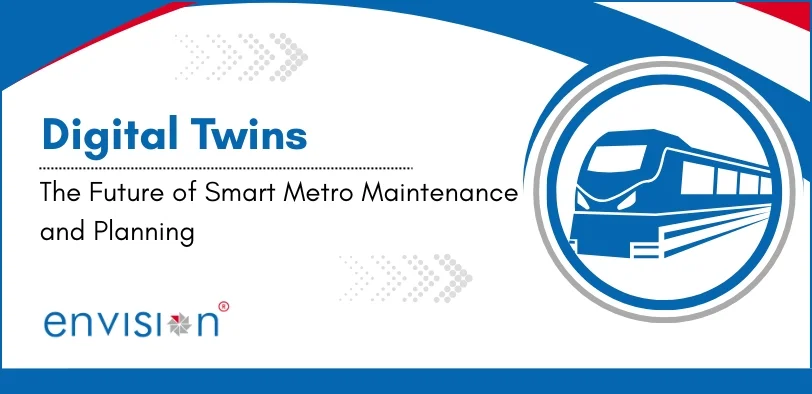

.webp)
.webp)
.webp)
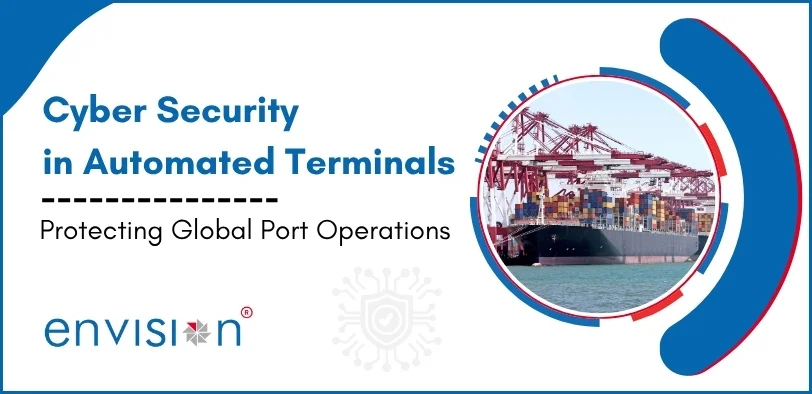



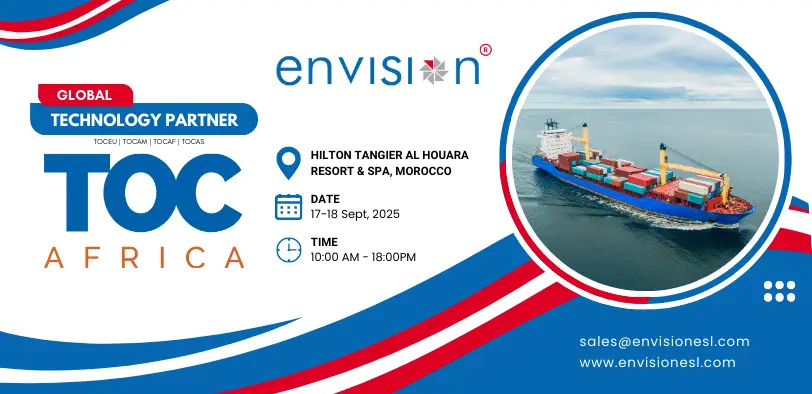
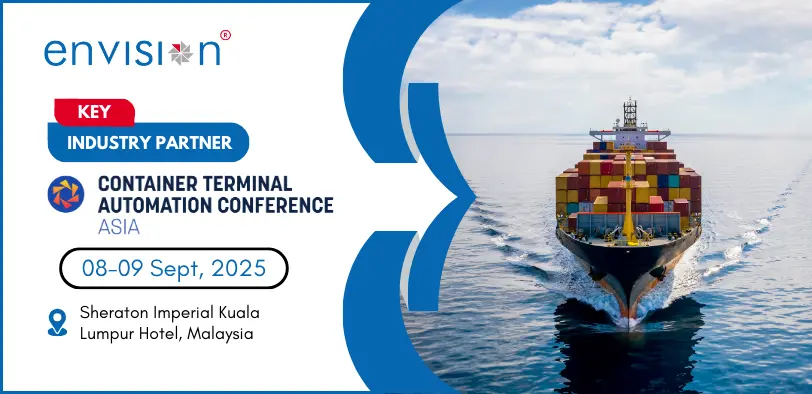
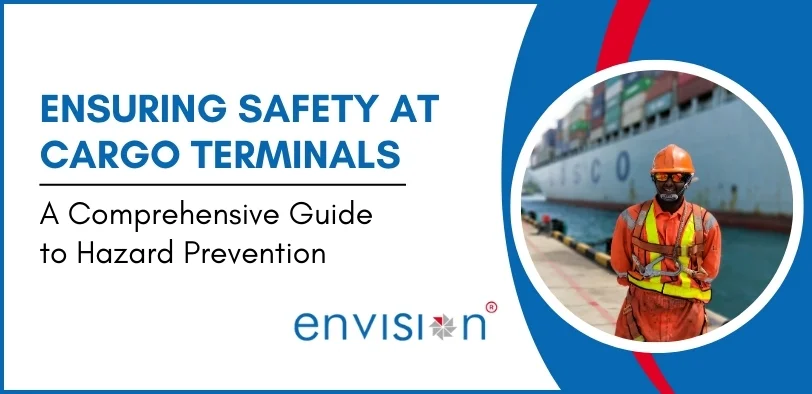
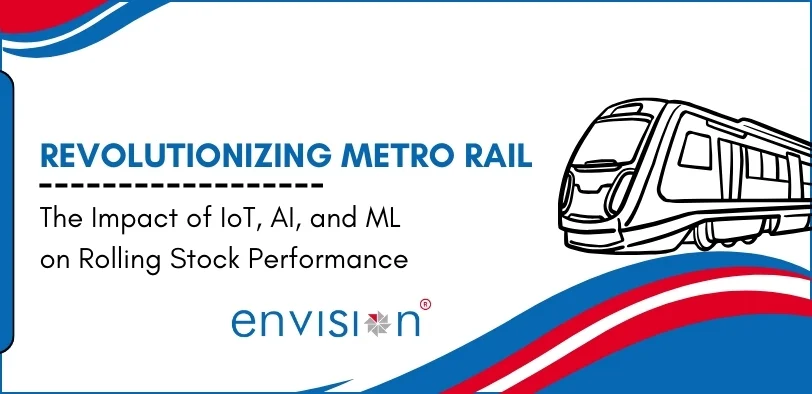
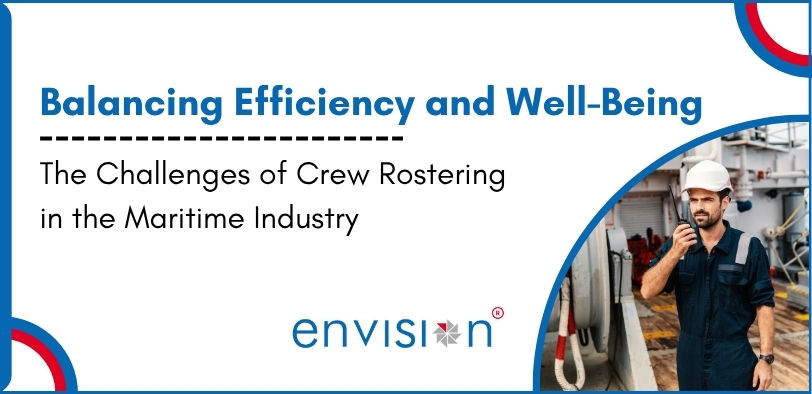
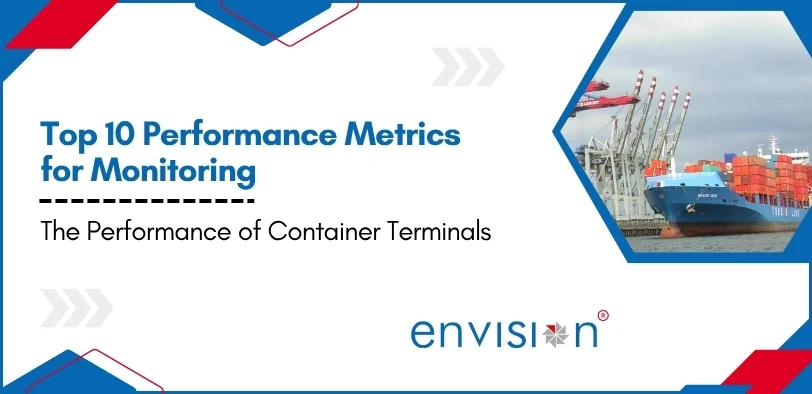
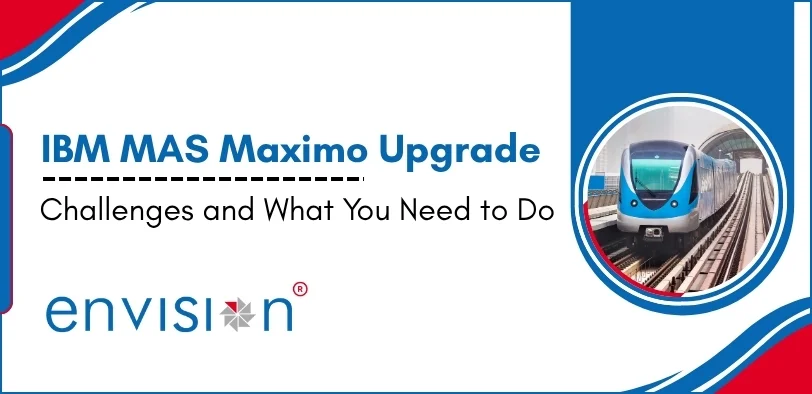
.webp)
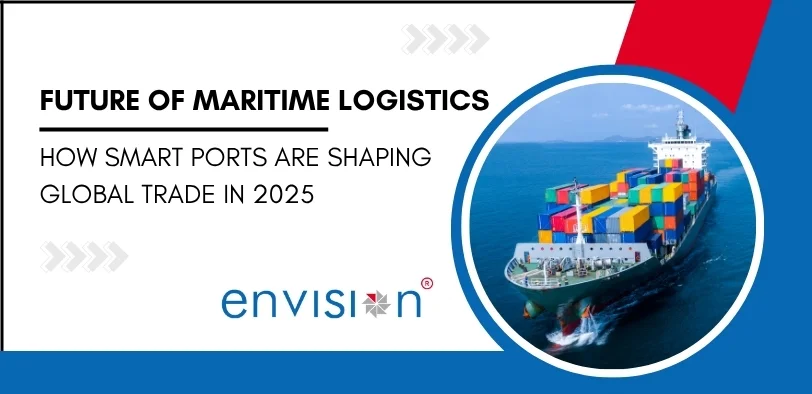







%20ver1_1.webp)







.webp)
.png)
.png)






































